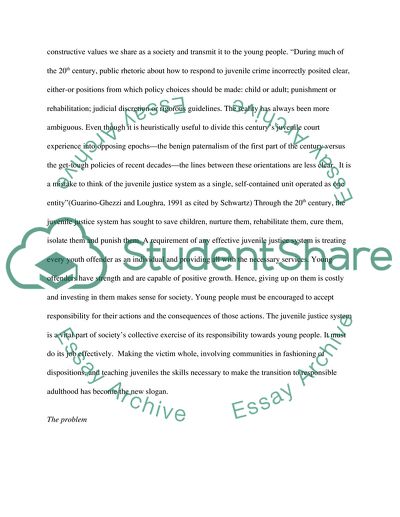Cite this document
(“Positive Youth Development to Prevent Juvenile Delinquency Essay”, n.d.)
Positive Youth Development to Prevent Juvenile Delinquency Essay. Retrieved from https://studentshare.org/sociology/1542881-sociological-research-paper-that-examines-the-effect-of-a-strengths-based-perspective-on-youth-in-the-juvenile-justice-system
Positive Youth Development to Prevent Juvenile Delinquency Essay. Retrieved from https://studentshare.org/sociology/1542881-sociological-research-paper-that-examines-the-effect-of-a-strengths-based-perspective-on-youth-in-the-juvenile-justice-system
(Positive Youth Development to Prevent Juvenile Delinquency Essay)
Positive Youth Development to Prevent Juvenile Delinquency Essay. https://studentshare.org/sociology/1542881-sociological-research-paper-that-examines-the-effect-of-a-strengths-based-perspective-on-youth-in-the-juvenile-justice-system.
Positive Youth Development to Prevent Juvenile Delinquency Essay. https://studentshare.org/sociology/1542881-sociological-research-paper-that-examines-the-effect-of-a-strengths-based-perspective-on-youth-in-the-juvenile-justice-system.
“Positive Youth Development to Prevent Juvenile Delinquency Essay”, n.d. https://studentshare.org/sociology/1542881-sociological-research-paper-that-examines-the-effect-of-a-strengths-based-perspective-on-youth-in-the-juvenile-justice-system.


